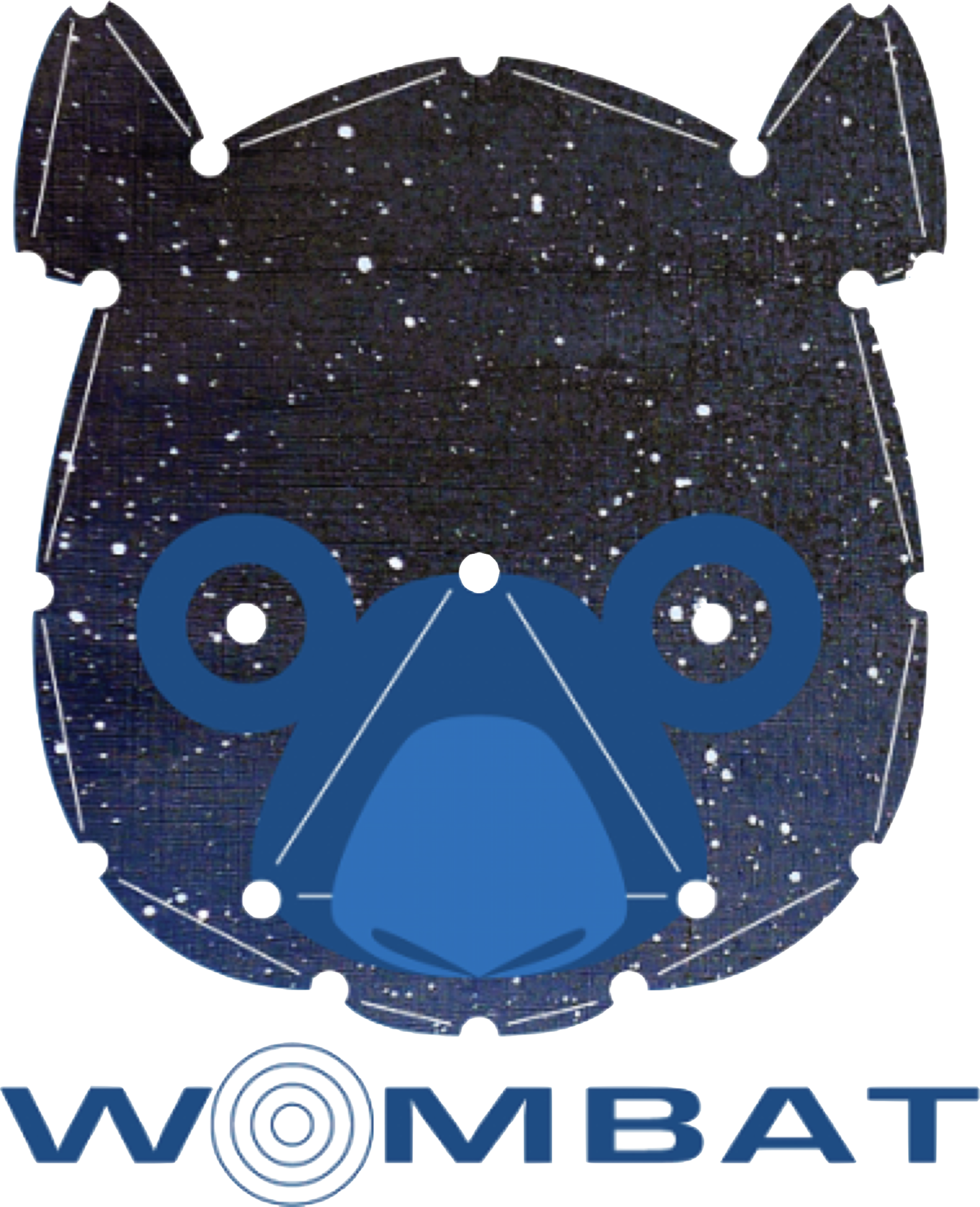Non-Thermal Cluster Sources
The complexity of the physical processes in the cluster gas leads to a number of strange, but beautiful phenomena. They all become brighter at lower radio frequencies and thus are ideal targets for the LOFAR telescope.
Radio Galaxies - A rotating supermassive black hole in the center of a galaxy accretes gas and ejects material in a culminated jet, pushing magnetized plasma and relativistic particles into the surrounding medium. Clusters contain hundreds of galaxies and many of them show such a radio jet. These galaxies act as sources for magnetic fields, cosmic rays and molecules through this important feedback process. With LOFAR, astronomers can now study every radio galaxy in the observable Universe.
Radio jet (red) and optical image (background) of the Hercules A radio galaxy by Baum and colleagues.
Radio Relics - During the collision of two galaxy clusters, gigantic shock waves plow through the cluster atmosphere, energizing particles and amplifying magnetic fields. At the outskirts, radio relics present as elongated diffuse objects, often in pairs on both sides of the cluster. Measuring diameters of several hundred galaxies, they are easily the largest particle accelerators in our Universe. The mechanism of how these gigantic shock waves energize particles to nearly the speed of light is still a mystery. Currently, we do not even understand the fundamental energetic properties of these objects.
Giant radio relic in CIZA J2242.8+5301, the "Sausage", observed with LOFAR by Hoang and colleagues. The small elongated objects are the jets of individual radio galaxies following behind the shock, each of them as large as the jet in Hercules A.
Radio Haloes - When two large clusters merge, turbulence stirs the joint cluster atmosphere and energizes an existing but hidden population of relativistic particles to become visible with radio telescopes. This process directly probes the properties of the inter cluster medium and very little is known about it so far. Because of the complexity of the involved physics: turbulence, magnetic fields and cosmic rays, the only way to connect radio observations with the plasma physics is with computer simulations.
Deep radio observation of the Bullet Cluster 1E 0657-56 by Shimwell and colleagues, revealing a radio relic (left) and a massive radio halo (center) in the cluster.


